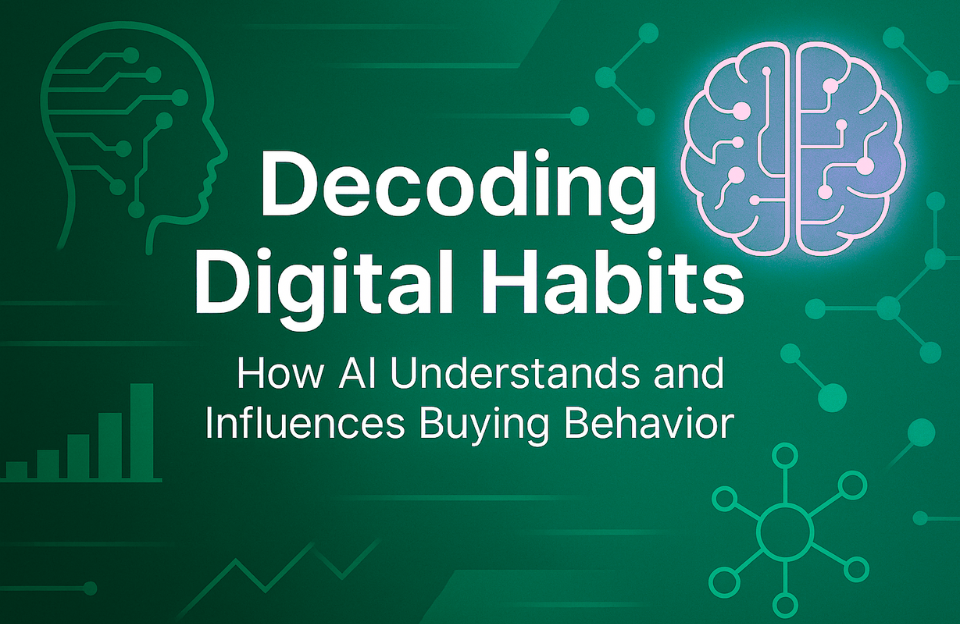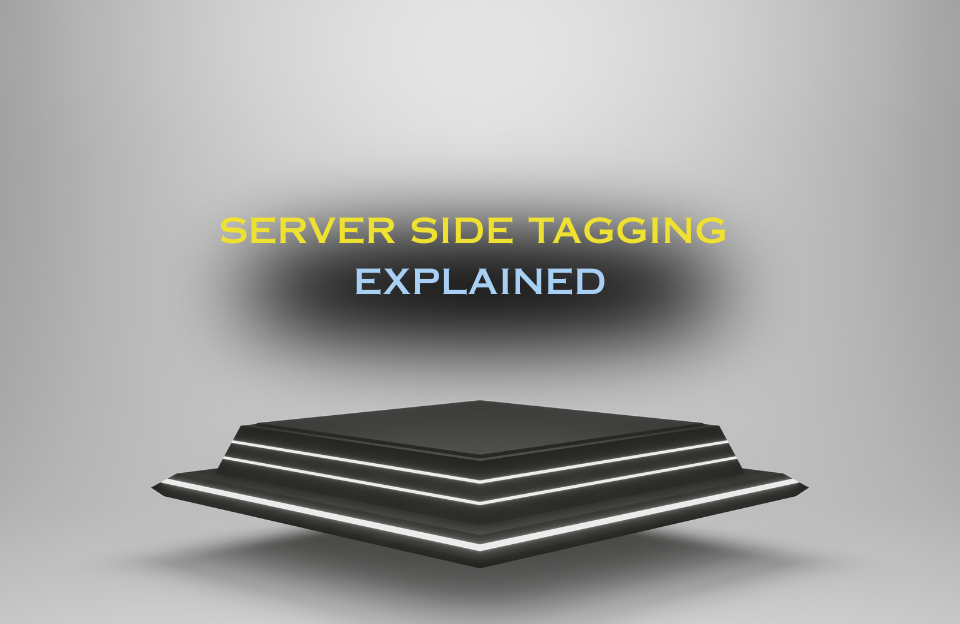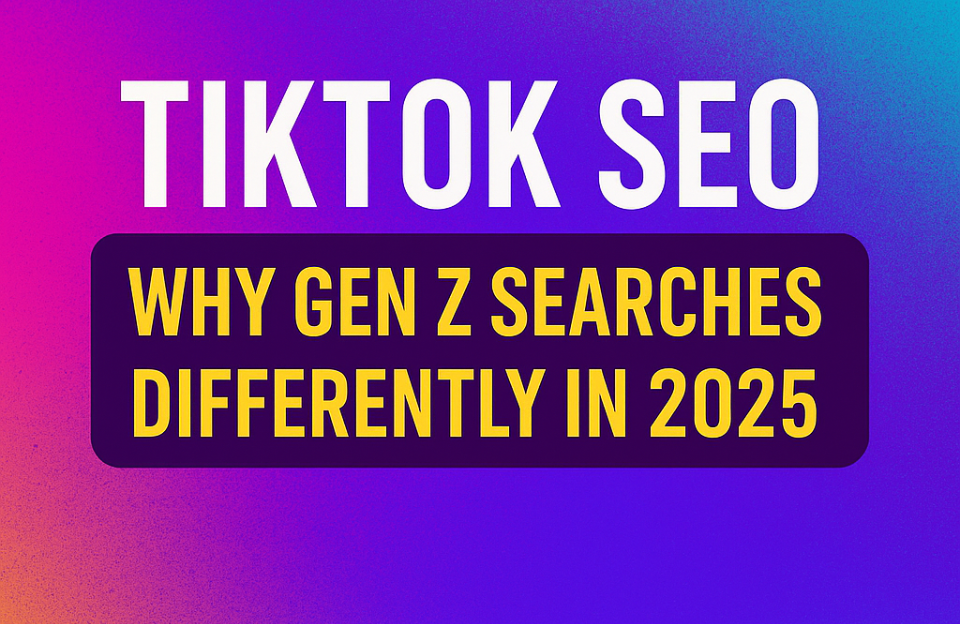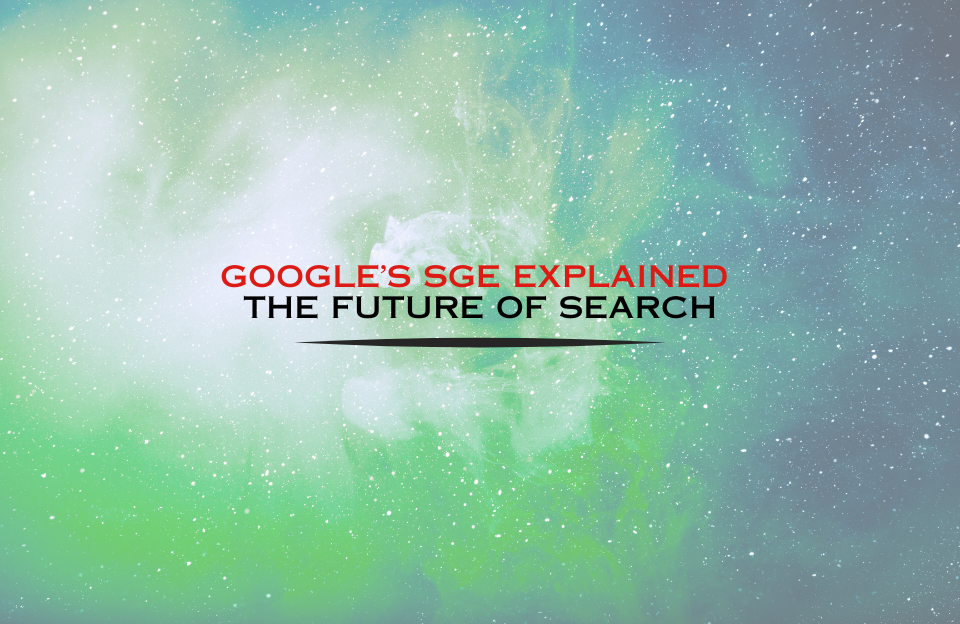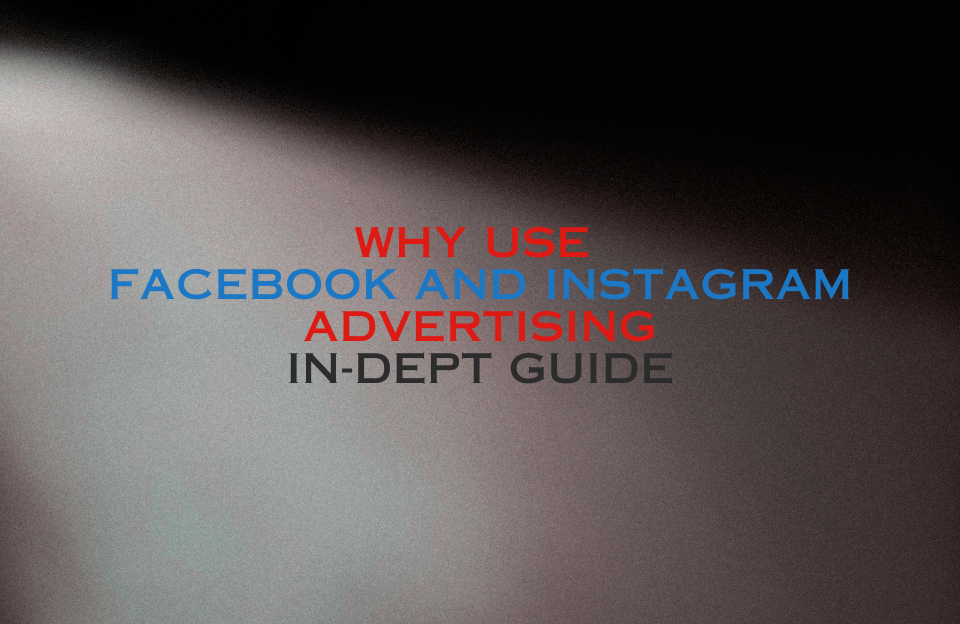Introduction to AI and Buying Behavior
From personalized recommendations on Netflix to the exact product you were just thinking about appearing in your Instagram feed — artificial intelligence (AI) is quietly shaping how we behave, decide, and ultimately buy. But what’s really going on behind the interface? How does AI learn our preferences, predict our intent, and influence our purchasing decisions?
This blog dives deep into how AI decodes our digital habits and uses behavioral patterns to guide, nudge, and at times manipulate buying behavior — all within milliseconds.
Understanding AI and Behavioral Data
Every digital interaction — a click, scroll, hover, or abandoned cart — tells a story. AI systems are trained to recognize these patterns and transform them into usable insights. Through machine learning, these systems don’t just collect data; they continuously learn and refine their understanding of user behavior over time.
Examples include:
- Time-of-day purchases: AI knows when you’re most likely to buy and will show ads accordingly.
- Product affinity: If you view tech gadgets after reading reviews, AI will learn to target you with similar offers right after content consumption.
- Session depth: Users who spend longer on product pages are often retargeted with urgency-based messaging.
This behavioral intelligence allows AI to move beyond demographic targeting into predictive, real-time personalization.
From Personalization to Persuasion
What starts as personalization often turns into subtle persuasion. Consider how AI-powered platforms like Amazon or Spotify curate recommendations. They’re not just showing what you might like — they’re steering your attention and shaping new habits by influencing what you’ll engage with next.
This includes:
- Dynamic pricing: Prices that fluctuate based on your browsing history, urgency, or buying patterns.
- Smart notifications: Push alerts or email nudges triggered when AI detects you’re most susceptible to converting.
- Bundled offers: “Frequently bought together” prompts that increase cart value and reinforce habit-based purchasing.
These mechanisms are designed to feel natural — but they are carefully optimized by AI models trained on millions of behavioral signals.
How AI Builds Consumer Habits
Buying behavior is deeply linked to habits. AI doesn’t just respond to your habits — it helps create them. Through repetition, timing, and reward mechanisms, AI-powered systems condition users to expect specific experiences or benefits.
For example:
- Food delivery apps: Learn your order preferences and nudge you with “your usual” right before dinnertime.
- Fitness platforms: Encourage streaks, badges, or goal completion to reinforce routine behavior (and potential upsells).
- Retail loyalty programs: Use gamified AI to deliver tailored rewards based on spending rhythm.
This behavioral reinforcement fosters emotional connection, convenience, and often, dependency — all of which increase customer lifetime value.
Behavioral Targeting in Action
Let’s look at some real-world examples of AI influencing buying behavior:
- Amazon: Its algorithm is responsible for over 35% of its sales through predictive recommendations, urgency cues, and habit reinforcement.
- Starbucks: Uses AI to tailor promotions and product suggestions based on past orders, location, and weather — increasing app engagement and average ticket size.
- Netflix & Spotify: Reinforce user habits through algorithmic curation, ensuring users return — and continue subscribing.
In each case, AI tailors the experience in real time, often without users realizing just how much is being optimized beneath the surface.
The Ethics of AI-Driven Influence
While personalization can enhance user experience, it also raises important questions. Are these systems helping users — or exploiting them?
- Filter bubbles: AI may limit exposure to new perspectives by reinforcing what you already like.
- Impulse manipulation: Behavioral nudges can trigger unnecessary purchases or overconsumption.
- Data dependency: Systems that constantly collect behavioral data risk privacy violations or misuse if not governed properly.
As AI becomes more deeply embedded in marketing, transparency, consent, and ethical use become critical — not only to protect users, but to build long-term trust.
Using AI Responsibly in Your Marketing
So how can businesses use AI to influence buying behavior without crossing the line? Here are a few guiding principles:
- Prioritize transparency: Let users know when AI is being used to personalize their experience.
- Offer value, not manipulation: Use AI to make recommendations or save time, not to manufacture false urgency or FOMO.
- Respect data boundaries: Collect behavioral data only with clear consent, and store it securely.
- Test with empathy: A/B tests should optimize for both conversions and customer satisfaction.
Marketing driven by AI doesn’t have to feel cold or invasive — when done thoughtfully, it can feel like intelligent, respectful assistance.
Future Outlook: Where AI and Buying Behavior Are Heading
The relationship between AI and consumer behavior is only getting deeper. Here’s what to expect in the next few years:
- Emotion-aware AI: Systems that detect tone, facial expression, or sentiment to personalize interactions even further.
- Hyper-contextual buying triggers: AI that suggests purchases based on surroundings — like weather, location, or calendar events.
- Real-time behavioral AI: Platforms that adjust offers and copy based on how users behave in the moment.
- Neuro-marketing integrations: Early experiments combining AI with brain-data signals to predict buying intent.
Whether exciting or unsettling, one thing is clear: businesses that understand digital habits through AI will continue to have an edge in crafting seamless, intuitive, and persuasive customer experiences.
Conclusion
AI has evolved from a backend tool to an active force in shaping digital behavior. From detecting micro-patterns to reinforcing buying habits, it’s changing how — and why — we purchase. The brands that embrace this shift responsibly will not only increase conversions, but earn long-term loyalty through smarter, more human-centered marketing.
